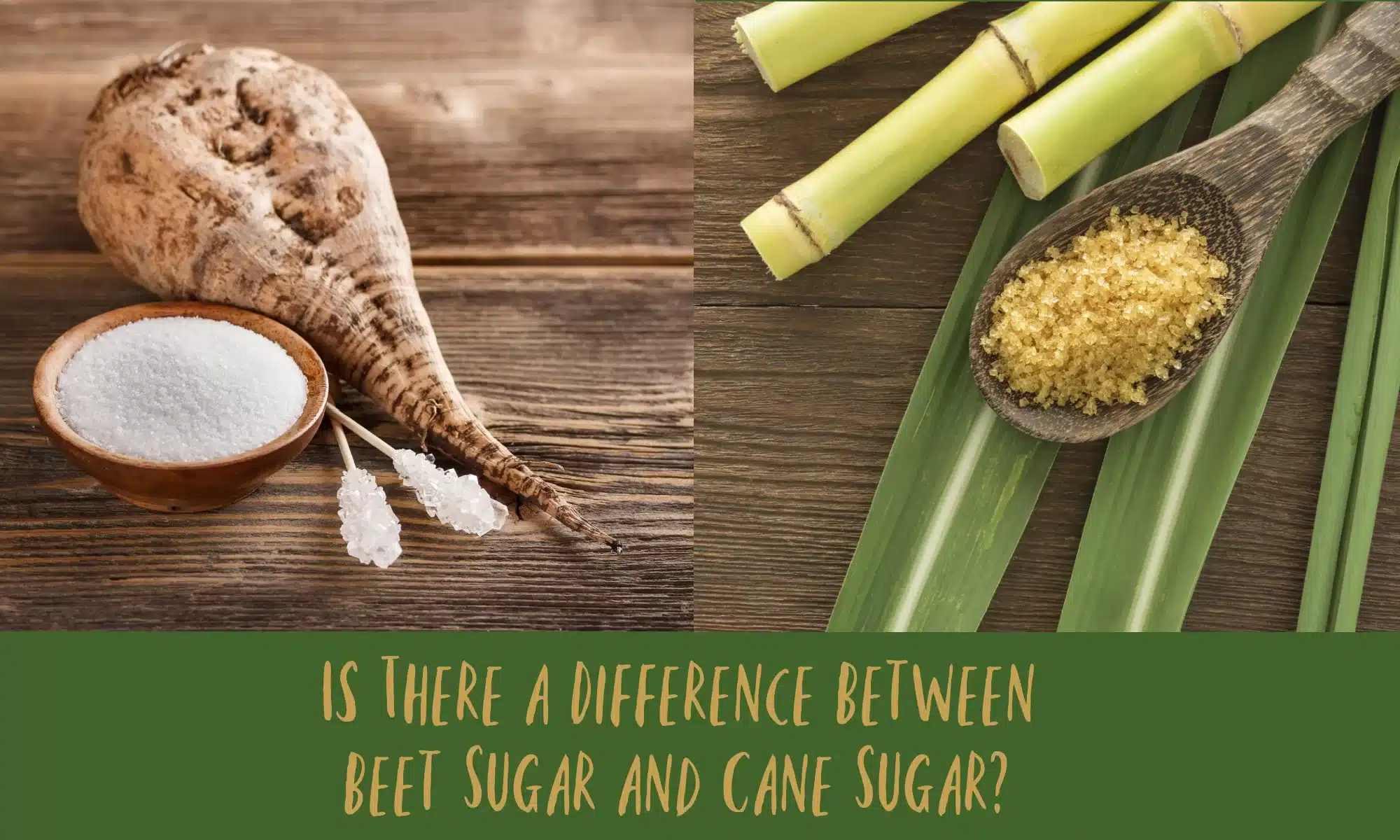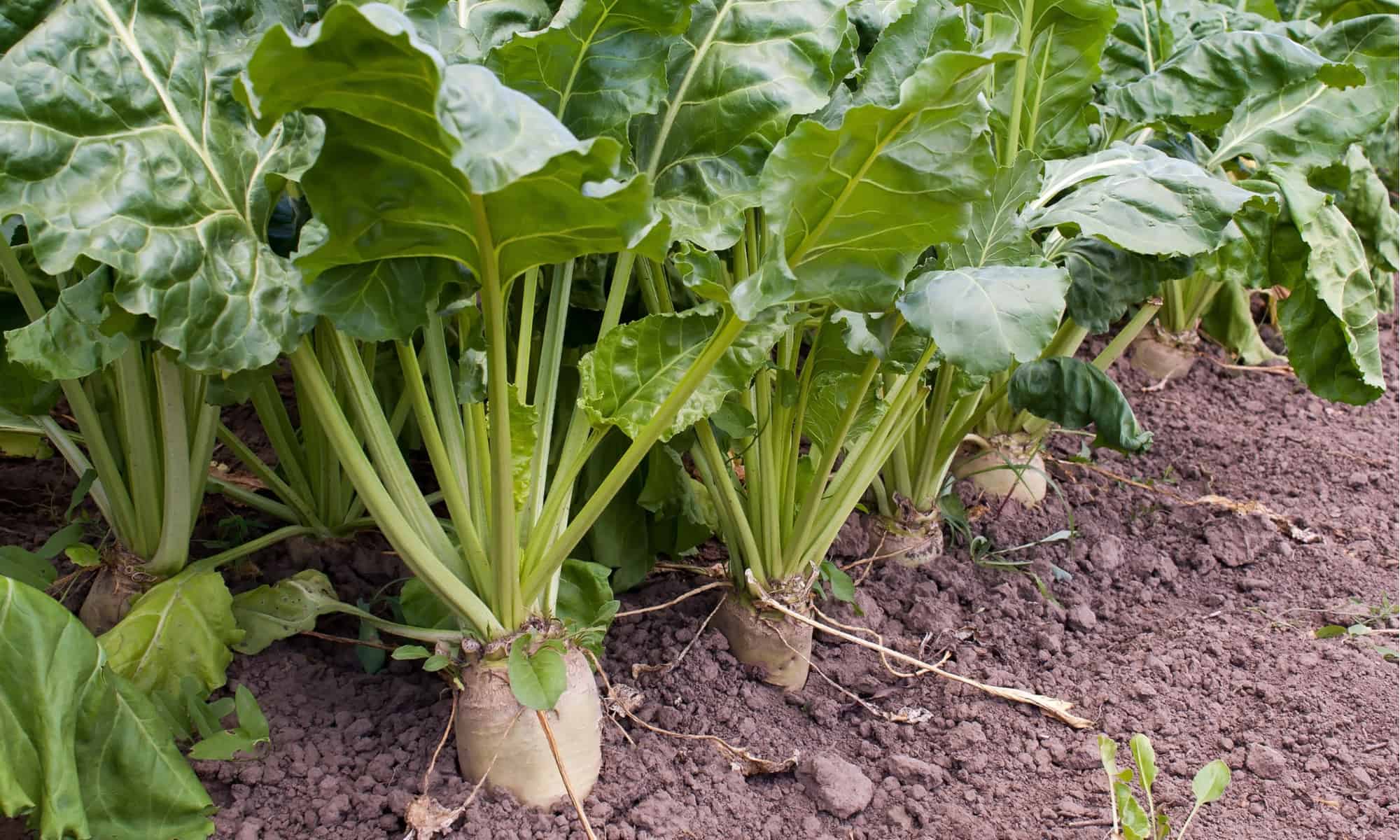In discussions of beet sugar vs cane sugar, the type of the sugar plays a important role in its characteristics.
In discussions of beet sugar vs cane sugar, the type of the sugar plays a important role in its characteristics.
Blog Article
Discover the Uses and Perks of Beet Sugar Vs Cane Sugar in Your Daily Diet
Exploring the distinctive top qualities of beet and cane sugar exposes greater than just their sweetening abilities; it highlights their distinct influences on health and wellness and cookeries. Beet sugar, recognized for its subtle flavor, is often preferred in fragile desserts, whereas cane sugar, with its tip of molasses, includes splendor to robust meals. Each type holds its very own dietary profile and glycemic effects, inviting a deeper understanding of their functions in a well balanced diet and sustainable intake practices.
Origin and Production Procedures of Beet and Cane Sugar

The unique climates and dirt types required for expanding sugar beets and sugarcane add to distinctions in their cultivation techniques and geographic circulation, influencing the business economics and sustainability of their production. beet sugar vs cane sugar.
Nutritional Comparison In Between Beet Sugar and Cane Sugar
Regardless of originating from different plants, beet sugar and cane sugar are nutritionally very similar, both mostly including sucrose. Each gives about 4 calories per gram, translating to roughly 16 calories per teaspoon. Structurally, both sugars are composed of roughly 99.95% sucrose, with very little quantities of various other compounds like wetness and trace element, which do not significantly alter their nutritional accounts.

Ultimately, when selecting in between beet sugar and cane sugar based upon nutritional content alone, both offer the same benefits and disadvantages as they are basically forms of the exact same particle-- sucrose, supplying quick power without other nutrients.
Influence On Health And Wellness: Glycemic Index and Caloric Material
Exploring even more read the full info here right into the results of beet sugar and cane sugar on health, it is necessary to consider their glycemic index and calorie content. Both sugars are identified as sucrose, which is composed of glucose and fructose. This composition leads them to have a comparable effect on blood glucose degrees. The glycemic index (GI) of both beet and cane sugar is around 65, categorizing them as high-GI foods, which can cause fast spikes in blood sugar degrees. This is a vital element for individuals managing diabetic issues or those attempting to maintain their energy levels throughout the day.
Each kind of sugar consists of around 4 calories per gram, making their calorie material equivalent. For those monitoring calorie consumption, especially when managing weight or metabolic health problems, comprehending this equivalence is essential (beet sugar vs cane sugar). Nevertheless, extreme consumption of any kind of high-calorie, high-GI food can add to health and wellness problems such as weight problems, cardiovascular disease, and insulin resistance.
Environmental and Economic Factors To Consider of Sugar Manufacturing
Beyond health influences, the manufacturing of beet and cane sugar likewise elevates significant ecological and financial issues. Sugar beet farming often tends to need cooler environments and has a reduced geographical footprint compared to sugar cane, which flourishes in exotic areas. Both plants are intensive in terms of water usage and land profession, possibly leading to logging and water shortage. Financially, the international sugar market is highly volatile, influenced by modifications in worldwide profession plans and aids. Several countries incentivize sugar production with financial backing, skewing market prices and impacting small farmers adversely.
In addition, making use of chemicals and plant foods in both beet and cane sugar farming can bring about dirt deterioration and contamination, further impacting biodiversity and view it now local water bodies (beet sugar vs cane sugar). The selection in between cultivating sugar beet or cane commonly rests on regional environmental conditions and financial aspects, making the sustainability of sugar production a complicated issue
Culinary Applications and Taste Distinctions
While the environmental and economic facets of sugar manufacturing are certainly significant, the selection in between beet and cane sugar likewise influences cooking applications and taste profiles. Beet sugar, derived from the sugar beet plant, is recognized for its extremely neutral taste. This makes it a versatile ingredient in baking, where it does not modify the taste of other components. It liquifies promptly and is suitable for usage in cakes, cookies, and pastries.
Walking cane sugar, drawn out from sugarcane, typically keeps molasses traces, which impart a distinctive splendor and deepness. This mild molasses taste boosts the intricacy of baked products, sauces, and marinades. It is specifically preferred in items where a sugar touch is wanted, such as in brownies or gingerbread. The minor variant in moisture material in between beet and cane sugar can influence the appearance and consistency of meals, making cane sugar a recommended choice for particular recipes that profit from its unique homes.

Conclusion
In conclusion, both beet and cane sugar have distinctive beginnings and manufacturing processes, providing similar dietary accounts with click to investigate minor differences in sodium web content and taste. While their effect on health and wellness, particularly concerning glycemic index and calories, is comparable, the choice in between them commonly steams down to environmental, financial variables, and certain culinary needs. Recognizing these facets can assist consumers in making notified decisions that align with their health objectives and taste choices.
Report this page